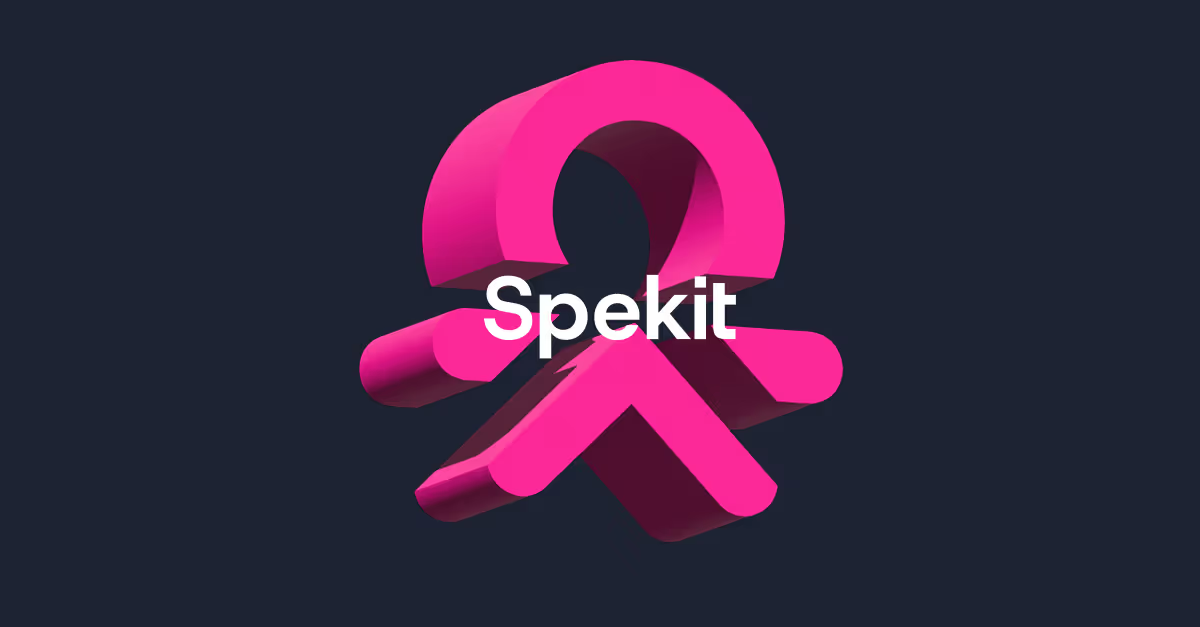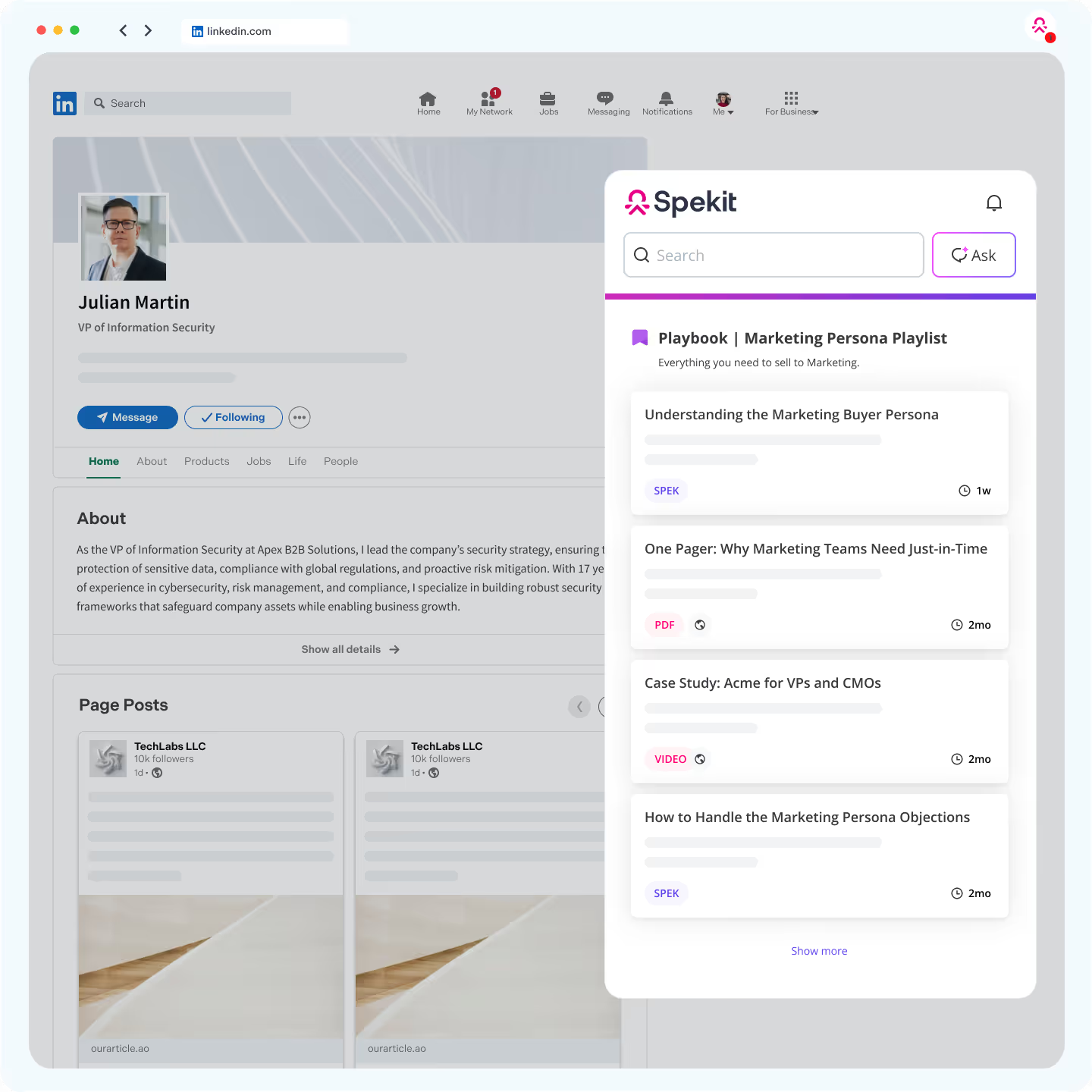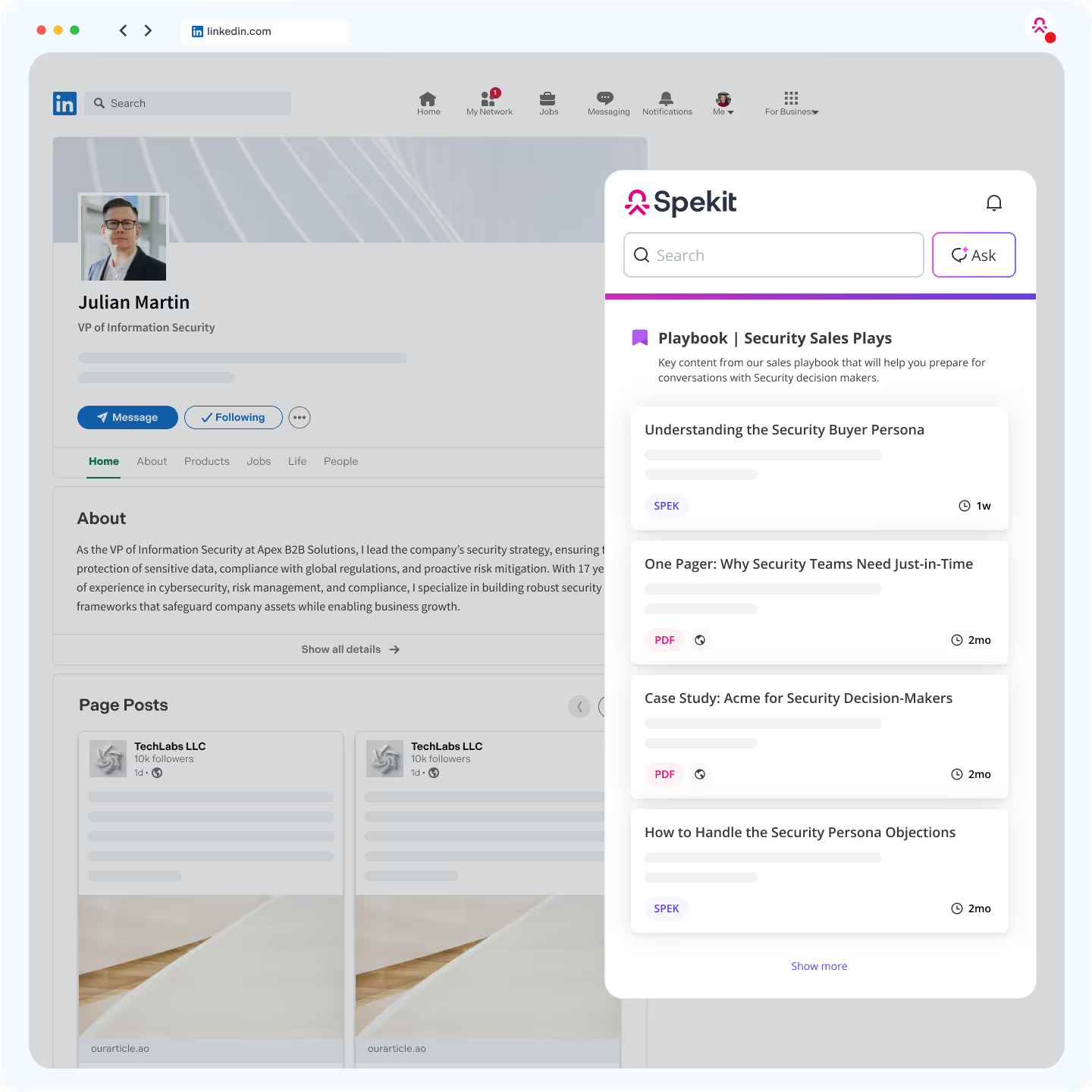Curated learning paths built for how reps actually learn
.avif)
Why use Playlists...
Structured, flexible learning
Organize content into intuitive sequences that reps can navigate at their own pace, much like skipping or replaying tracks in a playlist.
Reusable and scalable
Leverage the same content across multiple Playlists without duplication, allowing you to remix and repurpose materials effortlessly.
Edit once, sync everywhere
Make quick content updates, sync them across all playlists, and track the impact with consolidated analytics.
Smarter delivery
Provide just-in-time content recommendations, eliminating the need for reps to dig through resources, and ensuring they receive the right content at the right moment.


Curate content into agile learning paths to support launches, training, and rep readiness
Intuitively guide reps through training and content. Reps can revisit, jump ahead, or circle back based on what they need in the moment. It’s structure without friction, built to flex with how reps actually learn.

Orchestrate GTM content delivery like a campaign—trackable, ordered, and purpose-built
With Playlists, you can assemble and sequence assets for launches, product education, or persona-based messaging without needing to reinvent content organization every time. Whether it’s a “New Product Rollout” or “Competitive Battlecard Playlist,” you’re curating content like a marketer, not filing documents like an admin.

Create repeatable, high-performing sales plays to help reps ramp quicker and execute faster
Playlists turn key plays, messaging, and content into clear, guided experiences that help reps quickly learn what works and put it into action. Whether onboarding new reps or rolling out a new motion, you get consistency at scale, without slowing things down.
AI-powered enablement that works where your reps work
Instantly empower your reps with everything they need to succeed, at their fingertips, the moment they need it.

